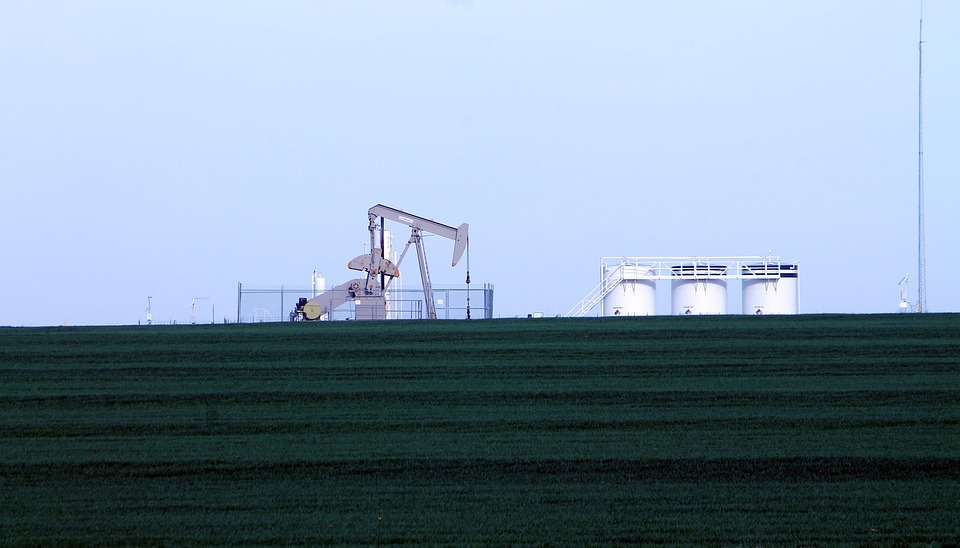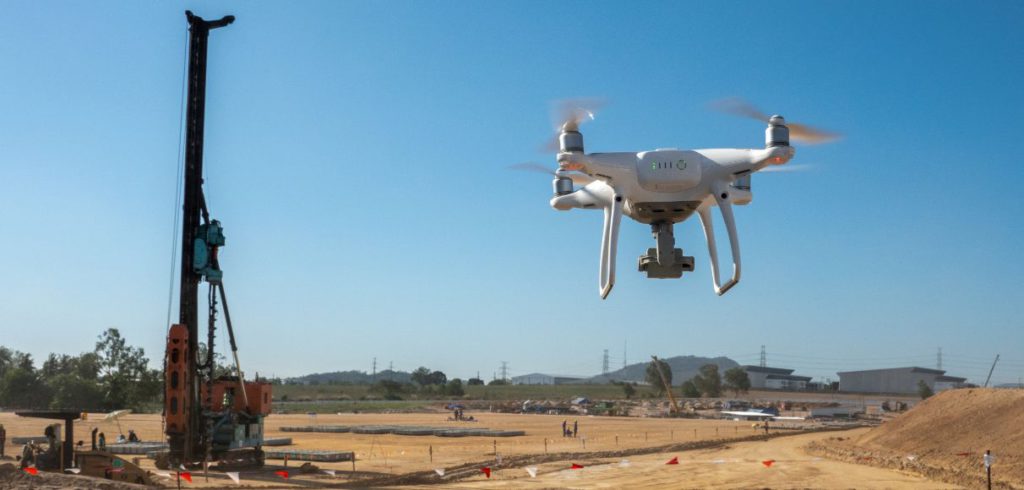When it comes to cleaning an abandoned oil well, there needs to be more clarity about what should and shouldn’t be done. If you need help with how to safely and effectively clean abandoned oil wells, you’ve come to the right place. This post will discuss all that goes into adequately abandoning an oil well so that land can be reclaimed and human health is protected. We’ll cover topics like required certifications for contractors working on these sites and materials needed for proper cleanup and disposal methods approved by government guidelines.

Hire a Contractor
Before any work begins, hiring an experienced contractor certified and licensed to work on oil wells is essential. This ensures that the necessary safety precautions and regulations are met, as well as protecting the environment from contamination. Check references and ask questions to ensure your chosen contractor is up to the job.
The contractor should also understand local, state, and federal regulations regarding the abandonment of wells. Oil well abandonment is regulated by the EPA and Department of Environmental Protection, so ensure your contractor is familiar with all applicable laws before proceeding. You should also inquire about any special permits that may be needed.
Remove Any Equipment and Debris
A thorough cleaning of the well is necessary before abandonment can take place. This includes removing equipment, debris, or contaminated soil from the area around the well and inside it. Proper disposal of any hazardous materials should be done under EPA guidelines. You should also disconnect any pipelines and other equipment connected to the well, as these can be a safety hazard. Check all connections to ensure they are appropriately disconnected before cleaning and abandonment.
Seal the Wellbore
Clearing debris is not enough. The wellbore must also be sealed off to ensure the safety of those around it. This is done by installing a casing and cementing it to prevent oil or gas from leaking. Your contractor should have experience with this process, as it requires specific tools and expertise that only trained professionals can provide.
If the well is too deep to be sealed this way, then a “cap and abandon” method may need to be used. This involves capping the top of the well with steel and concrete and filling it with sand or other material to prevent any potential leakages.
Fill Any Openings
When the casing and other materials have been installed, it’s essential to fill any remaining openings with sand or gravel. This will help prevent any contaminants from escaping and entering the environment. Once this is done, you can backfill the area around the well to restore the land to its original condition. Any soil or debris removed during the cleaning process should be disposed of properly. This can include burying it in a disposal pit or hauling it to an approved landfill.
Monitor and Inspect
After the abandonment is complete, it’s important to monitor and inspect the area around the well to ensure no signs of contamination. It’s also a good idea to periodically check the wellbore and any connected equipment to ensure they are correctly working.
Finally, you should file a certificate of abandonment with the state regulatory agency to document that the well has been correctly closed down and is no longer producing oil or gas. This will help ensure that future development around the area is safe and that the environment is not exposed to any potential risks.
Following these best practices will help ensure that old or inactive oil wells are safely and permanently closed, protecting both people and the environment. With a properly trained contractor, you can confidently abandon an oil well and move forward with peace of mind.








